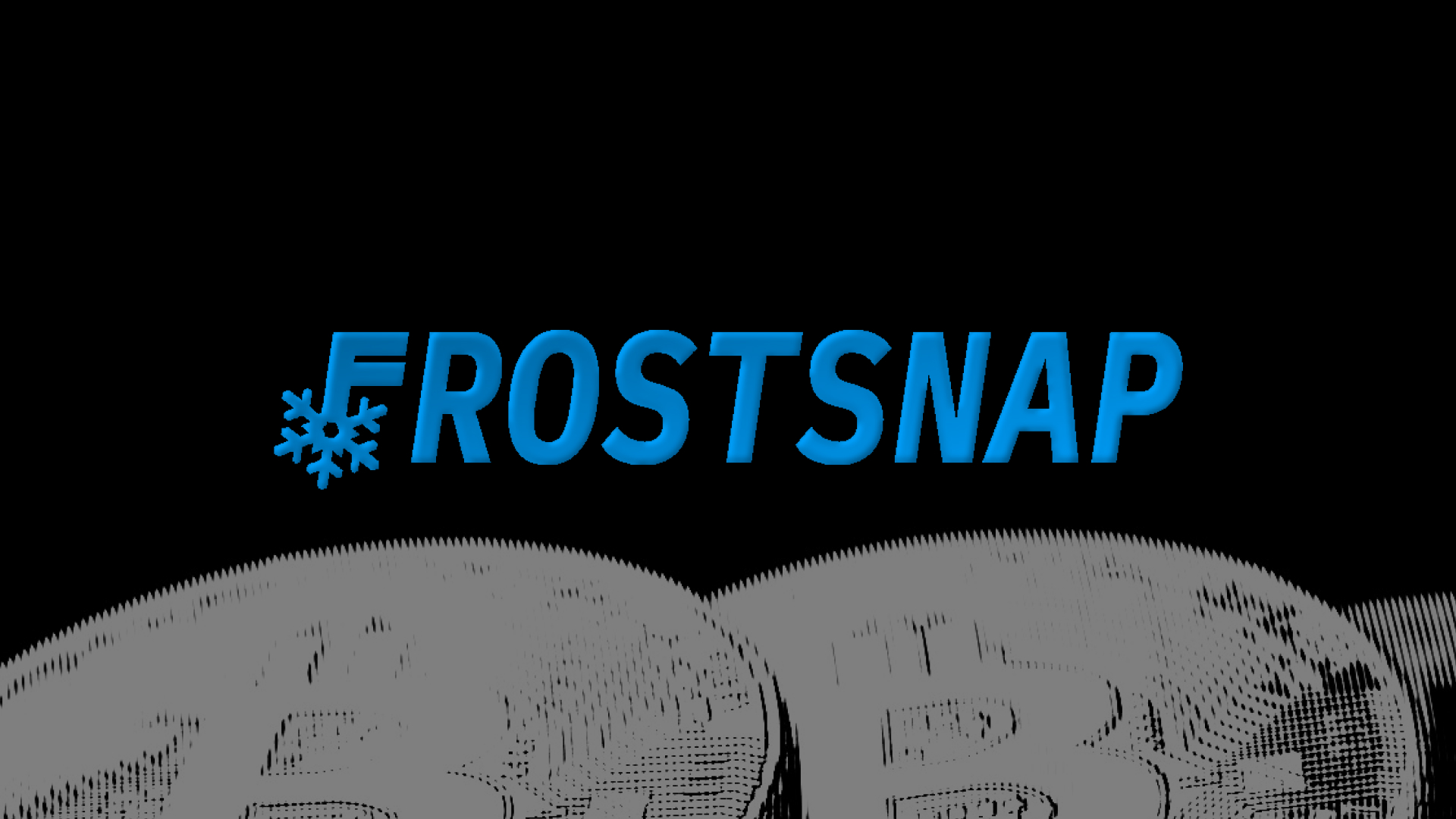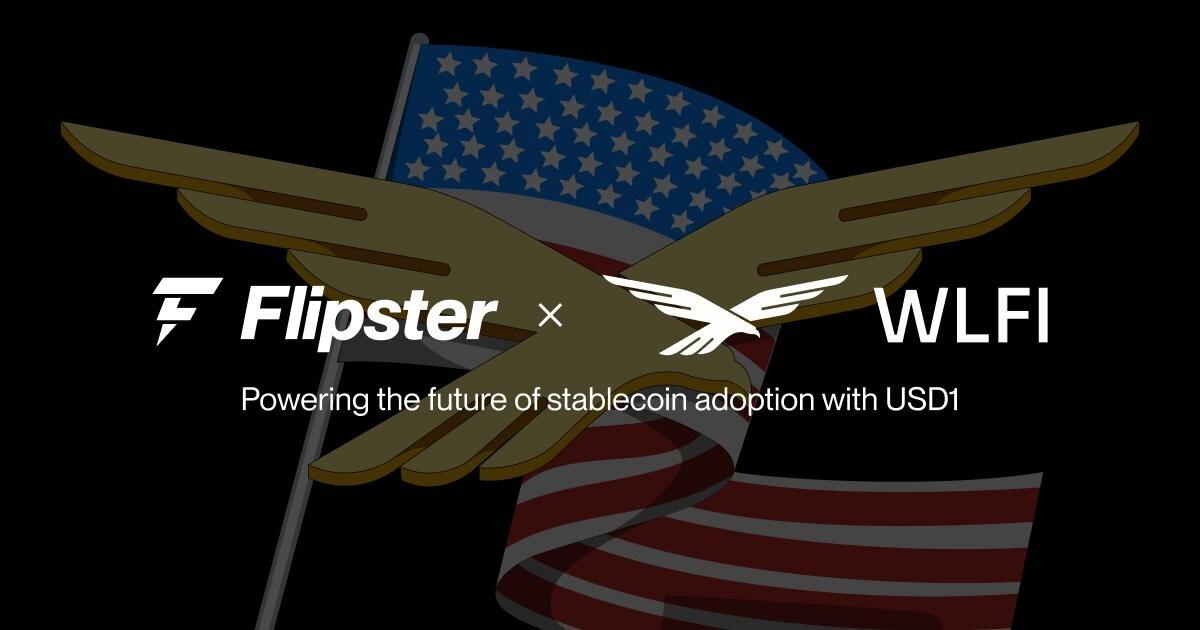Frostsnap Method Developed For Bitcoin Multisig Wallets

A team of Bitcoin developers and enthusiasts have introduced what’s been dubbed the “Frostsnap” method, one that is set to provide multisig wallets with a range of new capabilities, transforming them from a static tool to a flexible, adaptive system.
With this new development, Bitcoin multisig wallets, known for their secure nature, are getting a significant upgrade. Multisignature or multisig wallets have always been a go-to for safeguarding funds on the . Their modus operandi requires multiple signers to authorize any transaction, which adds a . But one of the limitations with traditional multisigs is that they can’t add signers without creating a new wallet, an action that calls for transferring funds.
The Solution
The newly-introduced Frostsnap method proposes a solution to this inconvenience. It allows for the replacement of hardware wallets such as , , ColdCards, or other similar permutations, without the need for additional on-chain transactions. It’s also capable of adding new signers to a key after the initial private key generation event and rendering stolen hardware wallets incompatible with every other device of the multisig. Adam Mashrique, the project’s hardware lead, affirmed the team’s ambition to create an open standard that vendors could implement, thereby enabling different devices to be part of a FROST multisig wallet.
Reshaping the Multisig Landscape
has already drawn comparisons to a “Bitcoin multisig centipede” due to its flexibility and adaptability. Like a centipede, Frostsnap-compatible devices can be replaced, modify the required number of devices to confirm a transaction if a device is compromised, and efficiently facilitate data transfer to Bitcoin nodes with Taproot signatures. The name Frostsnap is a nod to the acronym Flexible Round-Optimized Schnorr Threshold signatures (FROST).
Each person is a unique combination of things they know, objects they own, places they can access, and people they trust.
How individuals secure their #Bitcoin should reflect this.
Introducing Frostsnap, hardware and software evolving Bitcoin ownership
— Frostsnap ❄ (@FrostsnapTech) July 20, 2023
In addition to improved flexibility and security, Frostsnap offers a handful of benefits. Users can back up information onto new devices, making future device swaps easier. It also allows multisig signers to dismiss any stolen device with a threshold number of signatures, providing further security against thieves.
Frostsnap provides increased privacy through , which erfectively conceals the existence or attributes of a Frostsnap wallet. Thanks to Taproot, Frostsnap can also consolidate signature-related data, reducing on-chain fees. Moreover, it can obscure whether a wallet involves Nostr, a federated mint, Bitcoin Script smart contract, or Lightning Network channel.
The Frostsnap method stands to offer Bitcoiners a means to sign documents, verify identities, maintain privacy, and secure an organization’s bitcoin against the risk of rogue employees or a lost signing device.




